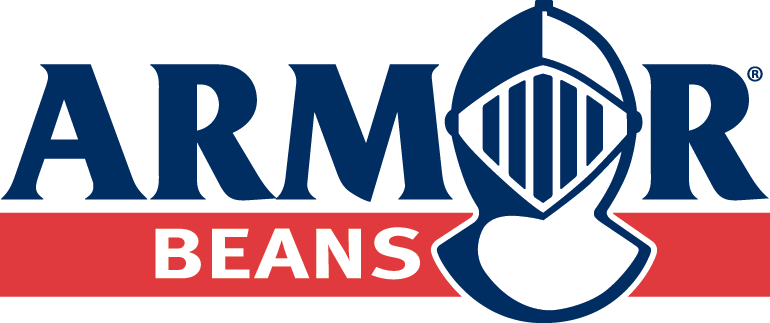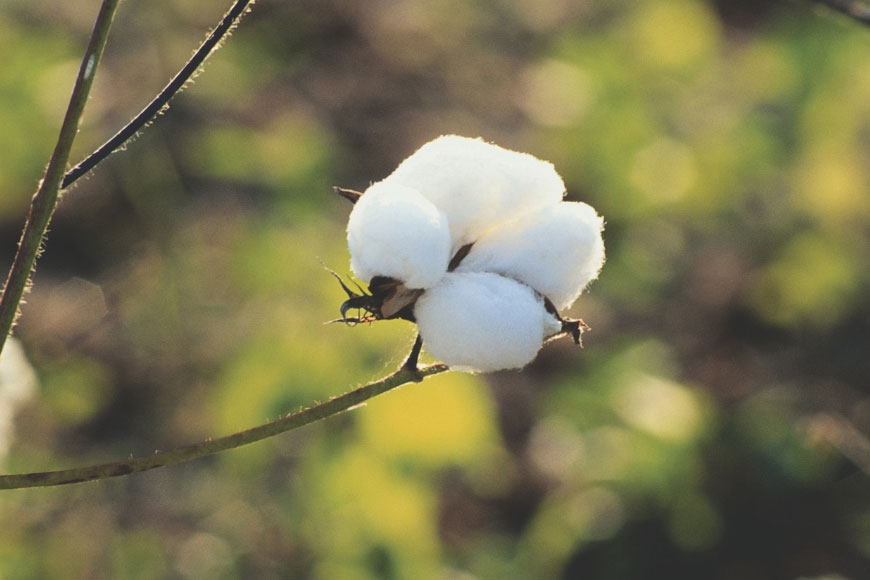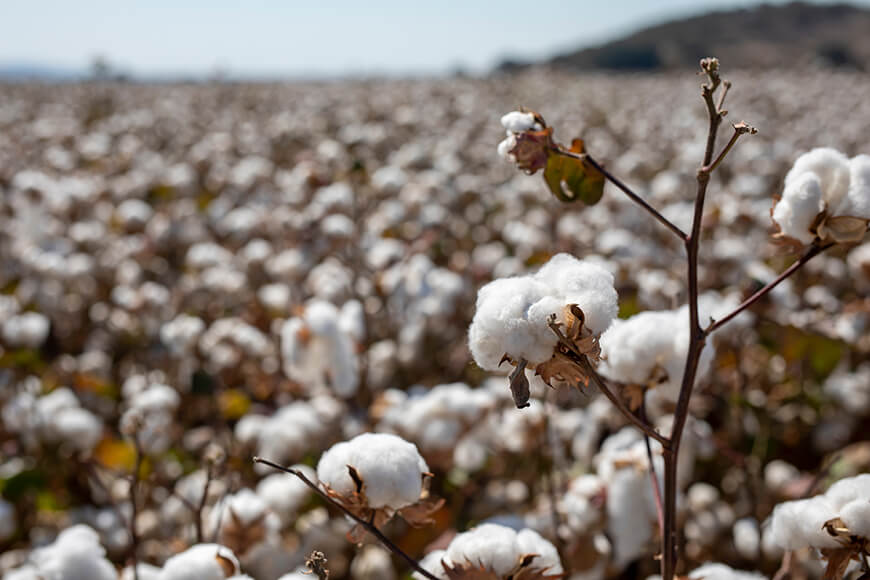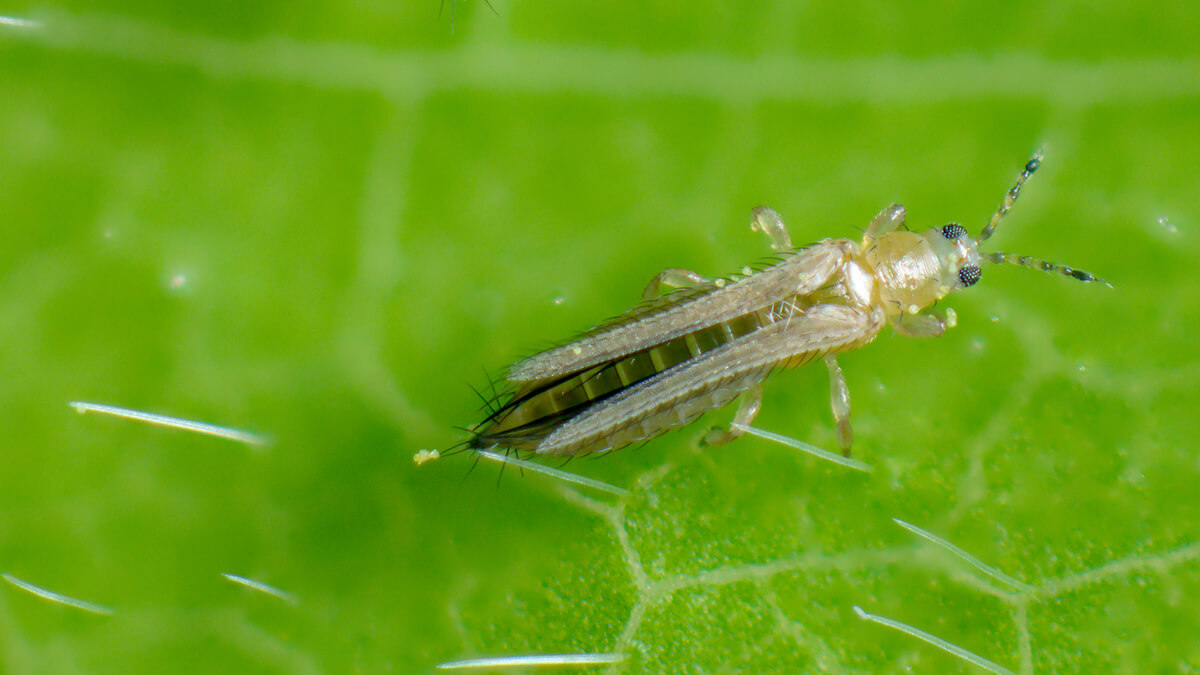- Written by Jonathan Folsom, Market Development Agronomist, Armor Seed
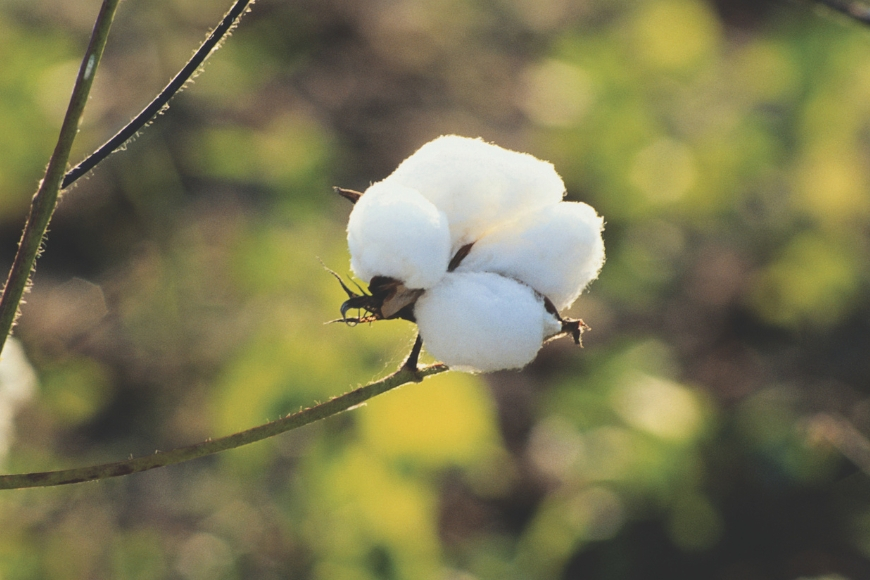
With a new growing season approaching, now is the time to lay the groundwork for a successful cotton crop by focusing on key early-season management practices. Supporting the crop during its first 40 days can have season-long benefits, including higher yield potential and better quality. Here are four management practices that can help you start the season strong.
1. Select Cotton Varieties for Strong Emergence
Cotton may not demand the precision planting required by crops like corn, but achieving a good stand is not always easy. Cotton seeds generally lack the early vigor of other crops, so choosing a variety with strong germination and emergence characteristics is vital.
Depending on the geography, cotton may be planted into cold, variable soil with limited moisture. Selecting a variety well-suited for those conditions can make all the difference, especially if you plant early.
Most seed suppliers, including Armor Seed, perform germination tests on their seed lots. Your seed dealer should be able to tell you which cotton varieties germinate best under both warm and cool soil conditions. This information can help position your chosen varieties based on specific germination characteristics. Varieties that have improved germination under cooler conditions would be ideal candidates for early planting.
2. Plant Into the Right Conditions
Cotton is a full-season crop, meaning the planting date is critical to ensure the crop has enough time to mature before the end of the growing season. Early planting can maximize the growing window but comes with agronomic challenges like cold soils and dry seed beds that can limit strong crop establishment.
The goal is to maximize the growing season, but not at the expense of early-season plant health. A good rule of thumb is to delay planting until the soil is at least 60°F and the extended forecast is warm and stable. Planting too early into cold soil can delay emergence and reduce plant vigor.
Dry seed beds are a common challenge for crop establishment in some regions, including the High Plains of Texas. If you face this challenge, be aware of soil conditions before planting to ensure seeds have enough moisture for successful germination and emergence.
3. Build a Solid Weed Control Plan
Effective weed management can mean the difference between an average and excellent cotton crop. I recommend overlapping residual herbicides every three weeks to prevent weeds from emerging and gaining a foothold in your crop.
If weeds emerge early, particularly herbicide-resistant ones, they can persist throughout the season, forcing you to revisit problem areas with repeated treatments. Here’s a simple recommendation to keep fields clean all season long:
- Pre-planting: Apply a burndown herbicide to clean up any emerged weeds.
- Post-planting: Apply a residual herbicide immediately after planting to prevent new weeds from emerging. Continue overlapping residuals with different modes of action to create a protective armor against weeds. Monitor fields to ensure residuals remain effective and apply additional preventative treatments, as needed, to maintain weed control.
4. Protect Against Early-Season Pests and Diseases
The first 40 days of cotton growth are critical, as much of the crop’s yield potential is determined in the first month or so after planting. During this period, the crop is vulnerable to biological stresses, including early- season insects and seedling diseases.
Thrips are particularly concerning for cotton growers in some areas. The tiny insects feed on the terminal buds of cotton seedlings, causing leaf damage that can result in delayed maturity. Scouting early and often is essential to avoid crop damage. If you’ve had a history of thrip problems, consider using cotton varieties with insect-resistant traits, such as ThryvOn™ technology, to manage them effectively.
In areas of the Cotton Belt where conditions are wet, cool soils can be an issue at planting; consider applying an effective seed treatment that includes fungicide and insecticide active ingredients. Armor cotton seed varieties are treated with Acceleron® Basic for early-season protection against common seedling diseases, including Rhizoctonia, Pythium and Fusarium. In fields with a history of seedling disease or early insect pressure, an upgraded seed treatment, like Acceleron® Standard, can add even more protection.
Early-season stresses can stunt cotton growth and delay development, reducing yield and fiber quality. Stay vigilant, as delays or setbacks early on will show up at harvest, either as lower yields or poorer-quality cotton. Scout for issues after planting to address problems promptly.
Build a Strong Foundation with Armor Cotton
As you know, there’s no room for delays or missteps when managing a full-season crop. You can set the stage for a productive and profitable harvest with thoughtful planning and attention to detail in the early season. By choosing the right varieties, committing to season-long weed control, and staying proactive about pest and disease management, you will be well-equipped to meet the season's challenges.
Armor Cotton varieties can help you build that strong foundation. Whether your priority is high yield potential, disease resistance or pest control, you’ll find a solution in our robust portfolio of cotton varieties. With excellent germination, disease tolerance, and traits for herbicide and insect resistance, our lineup can help you meet your agronomic goals. With Armor, you also have access to a support system of dealers and cotton agronomists who can provide localized expertise to help you position and manage the best varieties for your acres.
For more cotton management and variety selection resources, visit the Armor Cotton website or contact your local retailer.
All photos are either the property of WinField United or used with permission.
© 2024 WinField United. Important: Before use always read and follow label instructions. Crop performance is dependent on several factors many of which are beyond the control of WinField United, including without limitation, soil type, pest pressures, agronomic practices and weather conditions. Growers are encouraged to consider data from multiple locations, over multiple years and to be mindful of how such agronomic conditions could impact results. Armor and WinField are trademarks of WinField United. All other trademarks are the property of their respective owners.
Author
Jonathan Folsom, Market Development Agronomist, Armor Seed

